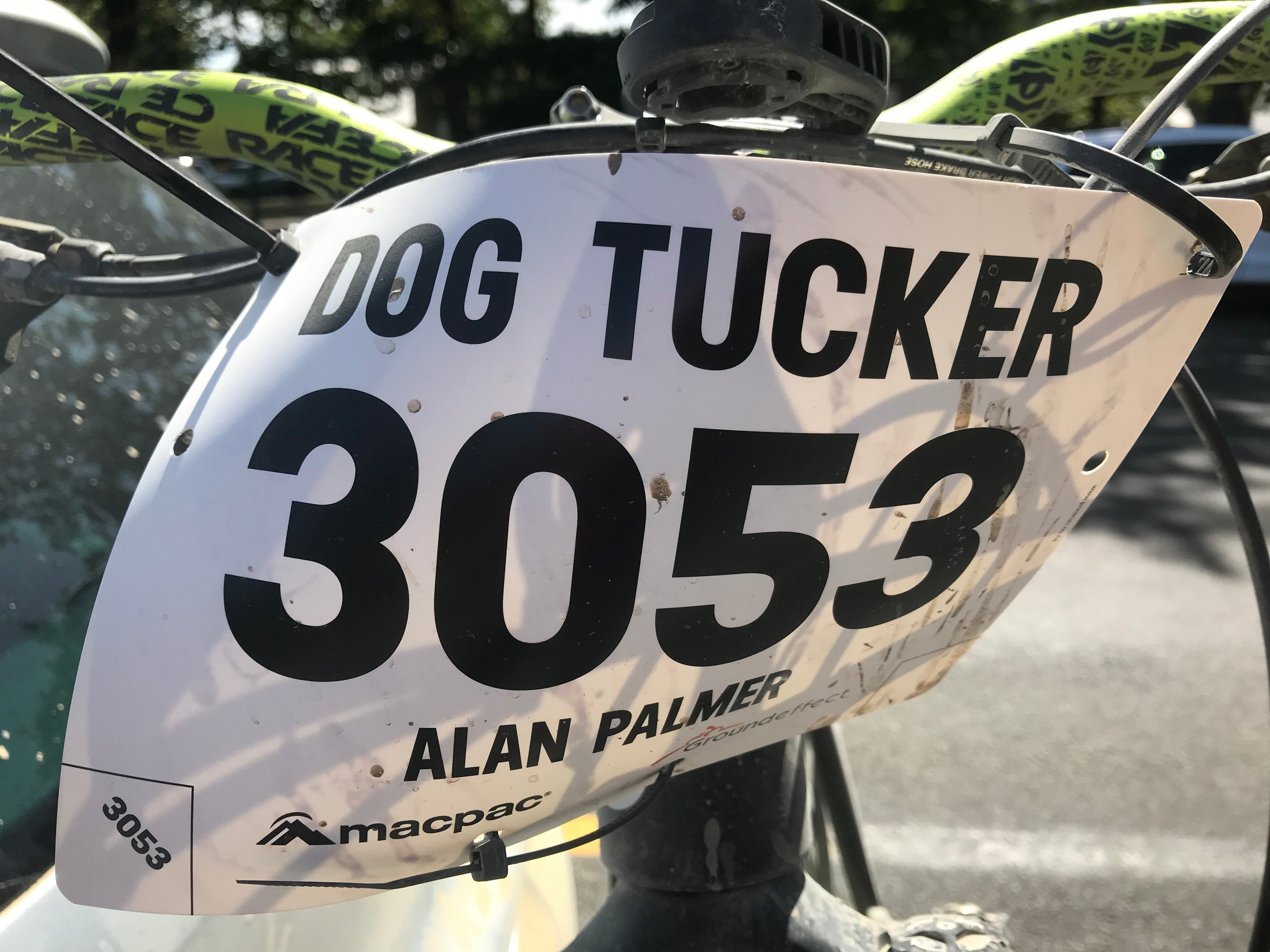St James Pony Express 2020

Guest blog by Alan Palmer - Pushbikes Ambassador
Hoping to Win vs. Planning to Win
I am a 64-year-old newbie to bike racing. Riding with mates and family was always fun but racing and coaching input over the last 2 years has added a whole new dimension.
In 2019 I rode the St James Epic, a rugged 100k MTB race. My race time was slow and I wanted to learn from my mistakes. After the race, I recorded what worked, what didn’t work and what I would do next time.
So what did I do differently in 2020 that led to a first placing in my age group?
I realized that when I ride the 100k plus events, there are few people my age so there is little competitive pressure. My response was to choose the shorter faster 65km event that attracted more riders.
Bike and gear weight was an issue for me in 2019. This year, I eliminated all non-essential gear and replaced several items of kit including shoes. The weight saving was around several kilograms including a reduction in water carried.
In 2019 I found the front wheel tended to lift off the ground on steep pitchy climbs. This was caused by too many spacers under the handlebar stem and the weight of water in my backpack. After removing spacers and replacing the drinking bladder with drink bottles, the bike performed better much better.
The race instructions recommend tyre pressures of 35psi due to the rough conditions. In 2019 I found this was too high and dropped the pressures to 25psi this year. The effect was a much smoother ride but next year I will be trying 20psi.
During races, I struggle to eat or drink enough carbs and electrolytes. I have tried a number of products (some with caffeine) under race conditions and often ended up with severe stomach cramps. This year I went back to a simple flavoured electrolyte drink and energy bar with no problems at all.
Here are some of my other learnings from the 2020 race:
- Power and endurance get the job done but there are a lot of other ‘controllable’ I need to manage if I want to do well. In 2020 I used the learning’s from the last race to improve my performance.
- Train in similar terrain to the race if possible and don’t ignore your weaknesses. I lost time in technical up and downhill sections in 2019 and 2020.
- Make sure your bike fits you. Get a ‘bike fit ‘ at your local bike shop if in doubt. Suspension adjustment, seat height, handlebar set up etc. can have a big impact on fatigue and efficiency. In an earlier race, my front suspension set up was too soft. Every time I applied the front brake I felt like I was going to go over the handlebars as the bike took a nosedive!
- Have a pre-race mechanical check at your local bike shop. Don’t leave it till the last minute, as they will likely be busy in race week. This would have prevented a 30-minute delay in 2019 when my rear cassette came apart
- Test all of your gear and nutrition in training before the race. My heart rate monitor stopped working 200m from the start line. By the time I fixed the problem, I was at the back of the field.
- Arrive 30 minutes early and warm up before the start. Late arrival in an earlier race meant I missed most of the race briefing and had no time to warm up.
- Drink a bottle of electrolyte just before the start (to avoid an embarrassing call of nature) and part or all of an energy bar. This might be the best move you make in the entire race.
- And keep eating and drinking throughout the race, especially in the last hour when your energy system (and your competitors) will be depleted. I passed many riders in the last ¼ of the race because I maintained my fuel supply.
- Wrap your drink bottle lids in cling wrap to keep them clean and dust-free in off-road conditions.
- Eliminate weight from your backpack e.g water. This eliminates sore shoulders and unnecessary weight in the wrong place.
- Pace yourself with a power meter or heart rate monitor. This stops me going out too fast and ‘hitting the wall’. I know I can ride at 80% of my maximum heart rate for up to 5 hours in a race. Adjust the pace for fitness, extreme heat, cold etc.
- I underestimated the effect of the sun over a 4 hr. race and was sunburnt by the time I finished.
- Plan the route, your average speed and average power. This would have prevented me from getting lost in 2019 and enabled me to gain a first place in my age group in 2020.
- Keep a record of everything you learn at a race. With this information and the right training, you will improve every race. Yes – a 64-year-old can have the VO2 max and blood pressure of a 20-year-old but you will still be let down by a mechanical failure.
My age category in the 2020 race was ‘Dog Tucker’. I am not alone in challenging conventional wisdom about how we age. In fact, my age group is the furthest thing from Dog Tucker. “So look out all you young bastards!”







